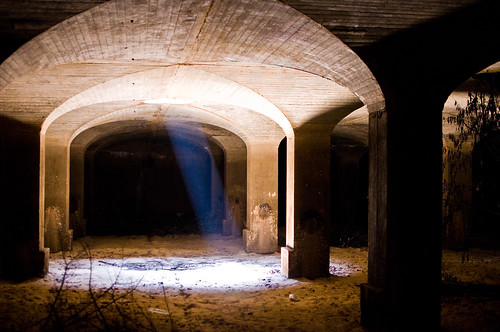
Chef Mike Friedman at The Red Hen
We’re revisiting our Capital Chefs feature with a series by music reporter Mickey McCarter. A lot has been happening recently in kitchens in D.C. restaurants, and Mickey takes a look into them from his usual seat at the bar in this series, which runs weekly on Thursdays.
Positively embarrassed that I had not yet eaten at The Red Hen by the time it picked up a few RAMMY Awards last month, I recently slipped up to the 18-seat bar that dominates the room for dinner and a chat with Chef Mike Friedman.
Like myself, Friedman often enjoys eating at bars. It’s more casual and you can talk to the bartender and the people around you. Stroll in for a pasta and a glass of wine and you’ve struck gold. On this particular visit, I’m also very happy to hear David Bowie and the Talking Heads on the restaurant’s sound system, which makes me feel right at home. Friedman’s business partners Michael O’Malley and Sebastian Zutant decide what’s on the radio at the restaurant, he told me.
While good music does indeed make for a comfortable bar experience, there’s way more to The Red Hen, of course.
“Bars drive business to a certain extent. We didn’t want to have a restaurant that was a bar. We wanted to have a restaurant that was a restaurant,” Friedman said. “There is a central bar at The Red Hen where everybody dines. It’s the overflow for people that can’t get tables. It’s rare that you see it three seats back. We usually send people around the corner to Boundary Stone, which is our local bar. And they wait until they get a text from us saying that their table is ready.”
DC restaurants generally have been getting back to basics when it comes to food, Friedman said. And good neighborhood places have been able to excel by taking a more casual approach than some fancier DC staples.
Friedman compared the latest wave of DC restaurants to the scene in Paris some six years ago, when sous chefs were leaving Michelin-starred restaurants to open small bistros of their own.
“We are not at that level Paris was at, but certainly here you are seeing that new wave coming,” Friedman said.




